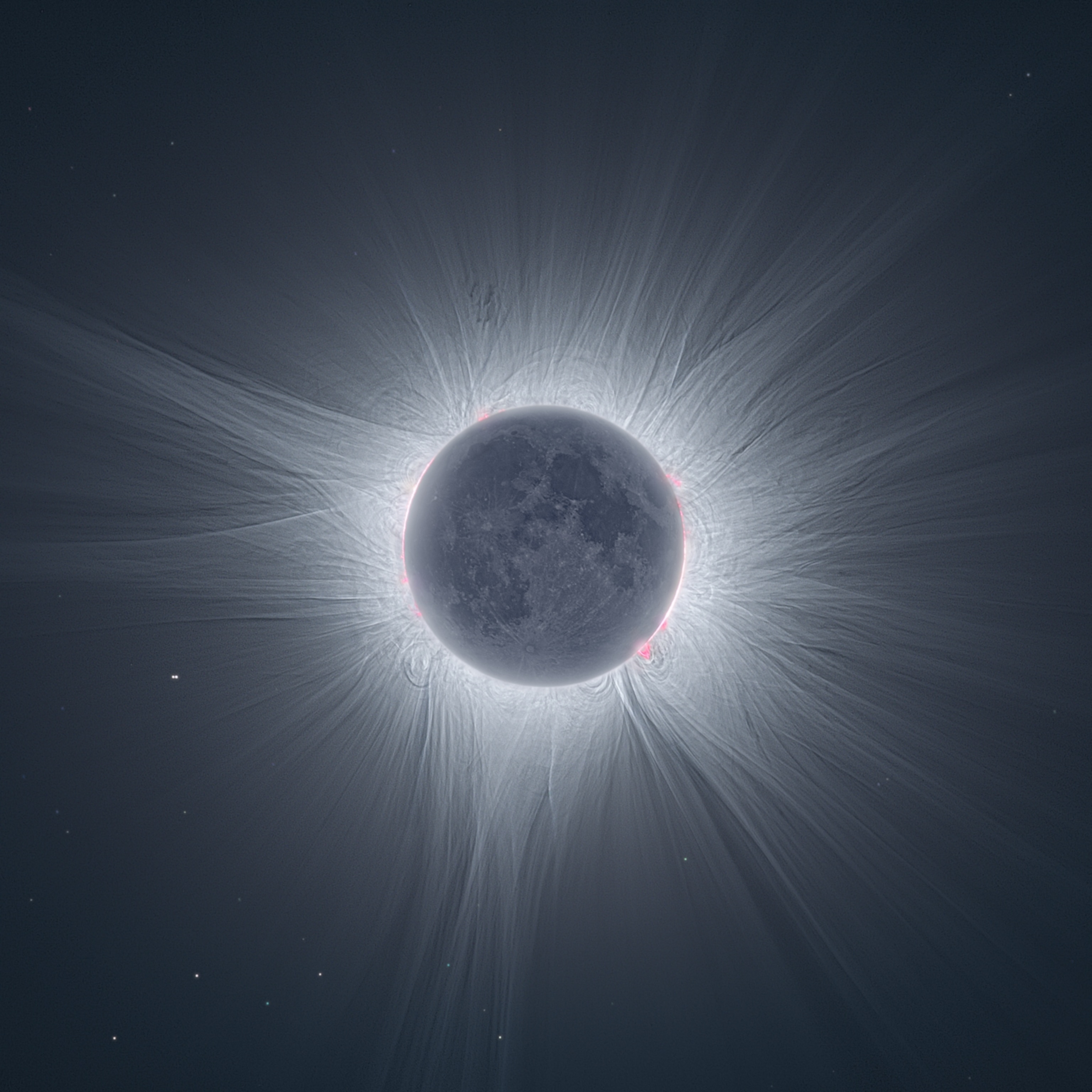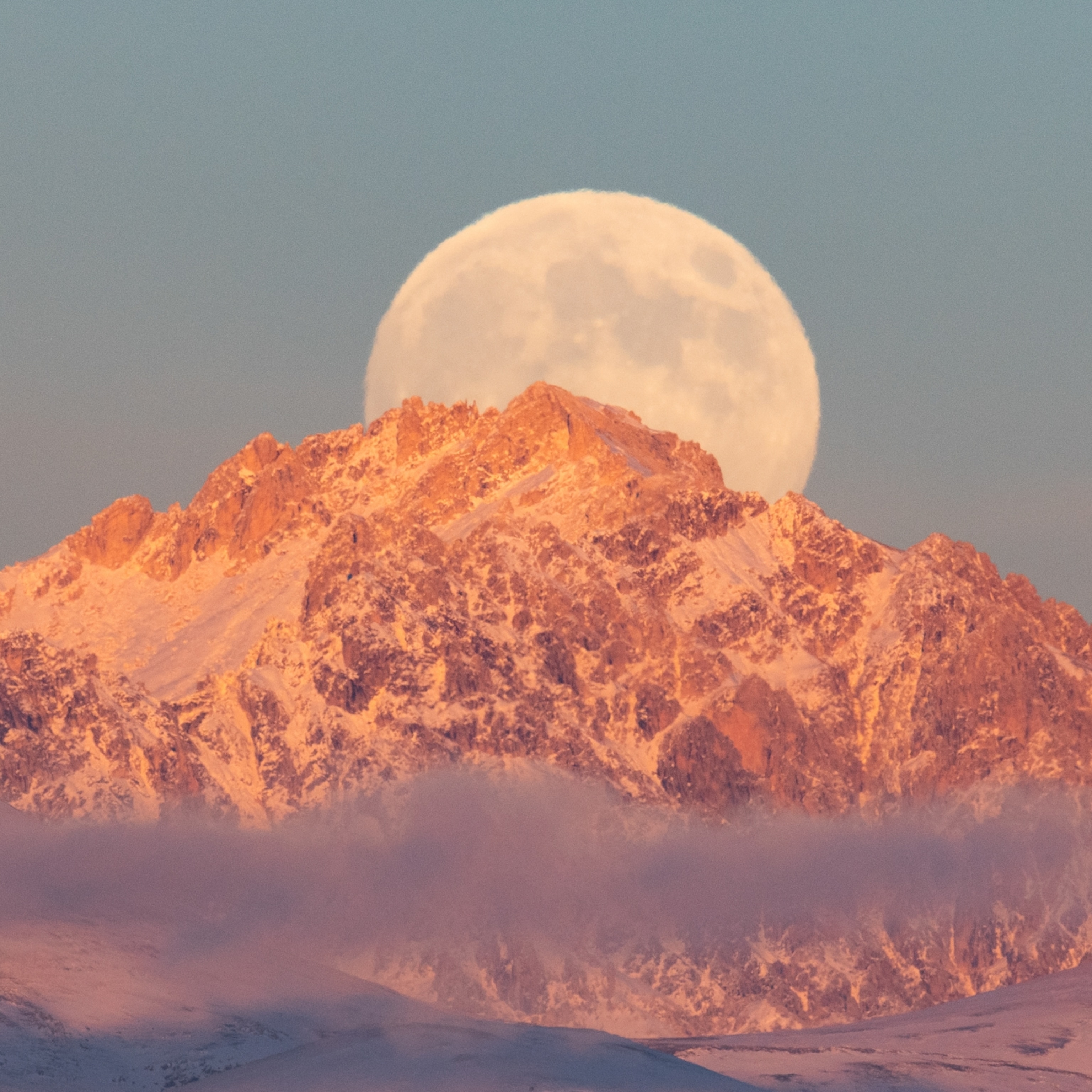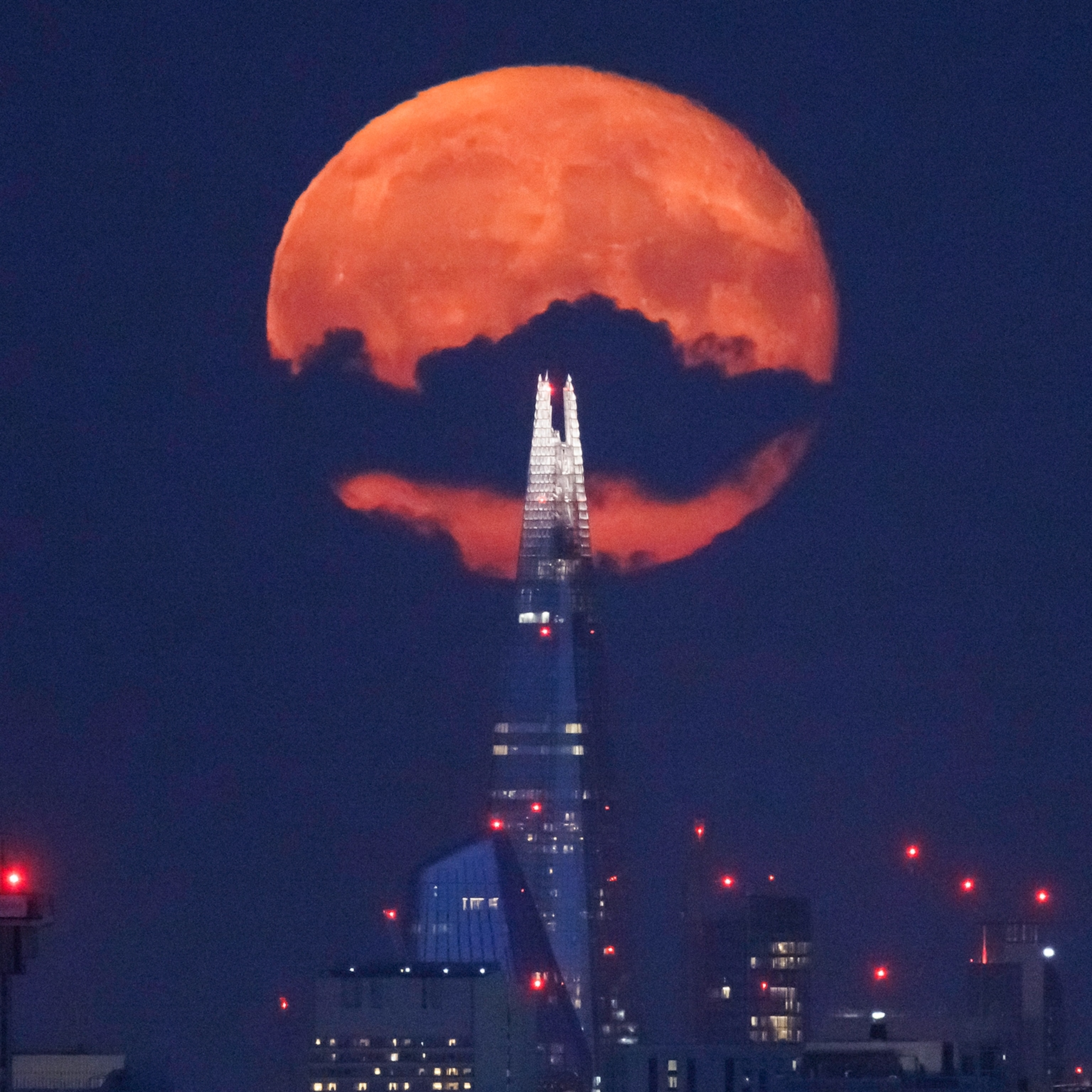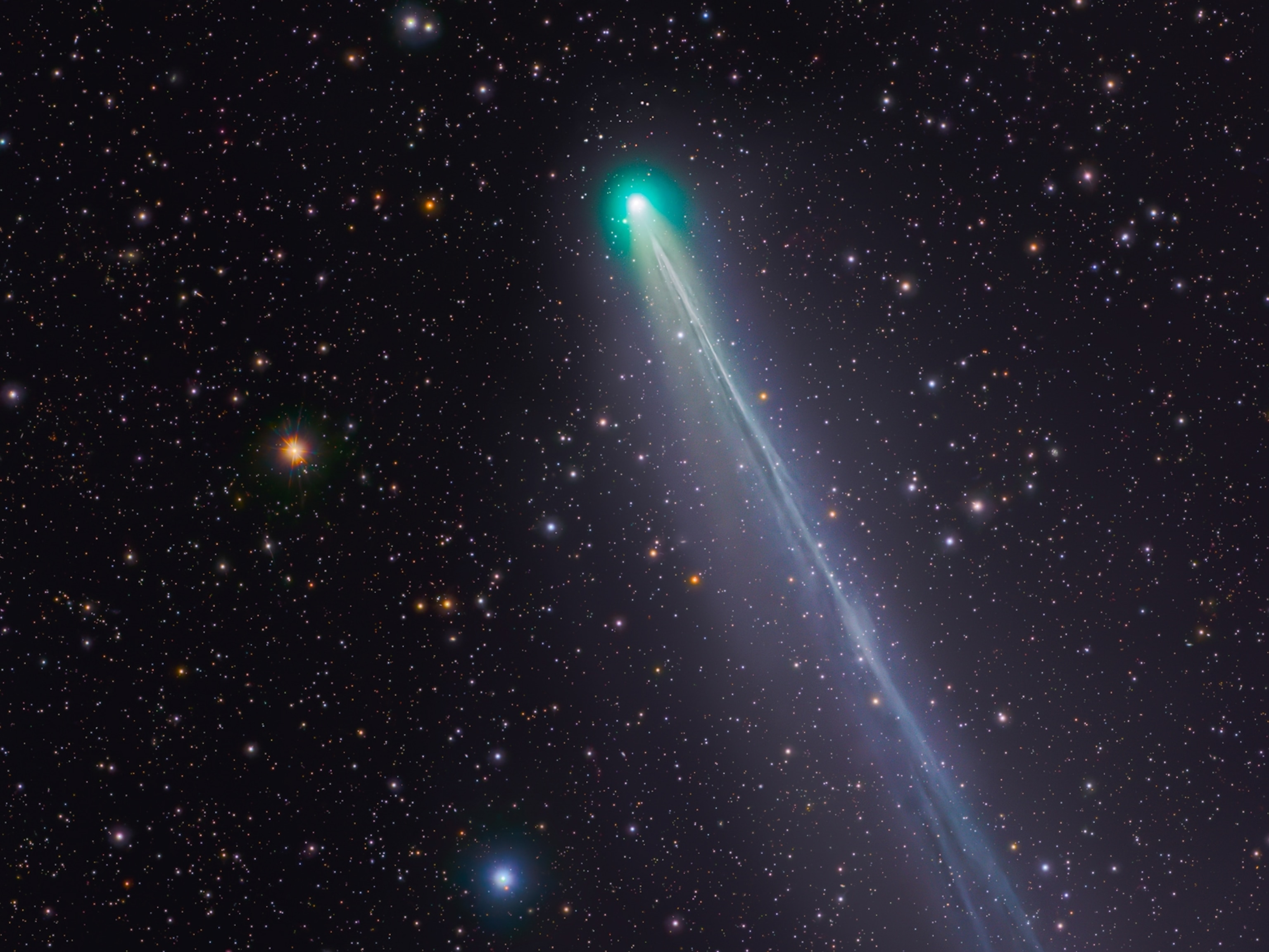
How to See a Star Explode in 2022
For the first time, astronomers are confidently predicting how to see this type of brilliant blast, which will be visible with the naked eye.
"Good science makes testable predictions,” Molnar, of Calvin College, says in a statement. “There have been a few other papers that have tried to poke at our project, and we’ve been able to poke back—criticisms that just don’t fly. But this one does fly, and I think they have a good point. This illustrates how science can be self-correcting.”
Five or so years from now, you may be able to witness a new "star" appearing in the night sky, a cosmic gem that should glitter in the northern wing of the constellation Cygnus, the swan, for a good portion of a year.
For the first time, astronomers are confidently predicting that a specific stellar system will explode within a defined period of time, becoming more than 10,000 times brighter than it is now. The explosion will be visible from Earth with the naked eye, and it could be about as bright as Polaris, the north star.
The eruption will signal the moment two stars locked in a cosmic dance have merged, exploding into a red nova that will briefly give Cygnus an extra stellar spangle.
Its debut should happen within a short enough interval that parents teaching their kids about the stellar tapestry overhead can reliably point to the spot where a new pinprick of light will appear.
“We get a predicted explosion date of 2022, give or take a year,” says Calvin College astronomer Larry Molnar, who presented the prediction Friday during a meeting of the American Astronomical Society in Grapevine, Texas.
“It will be a very dramatic change in the sky, as anyone can see it. You won’t need a telescope to tell me in 2023 whether I was wrong or I was right.”
Double Trouble
Being able to count down to such a stellar wreck is unique in astronomy, which normally involves waiting around for stars to explode and hoping that telescopes are pointed in the right place at the right time.
“This is the first ever prediction of an explosion. We don’t know yet whether it’s right or wrong, but it’s the first time we can actually make such a prediction,” Molnar says.
About 1,800 light-years away, the stars are jointly known as KIC 9832227. They are an eclipsing binary pair, which means as they revolve around one another, each one briefly blots out the other from the perspective of a viewer on Earth.
Until recently, astronomers didn’t even know that the twinkling point of light was more than one star. In 2013, Apache Point Observatory astronomer Karen Kinemuchi noticed that the blips in brightness could mean that two stars were periodically blotting each other out. Subsequent investigations by Calvin College student Daniel van Noord determined that to be the case.
Based on the timing and depth of those periodic eclipses, astronomers determined that one of the binary stars is about 40 percent larger than the sun, while the other is just one-third the sun’s size.
But there’s more. For at least 15 years, the KIC 9832227 has been in the crosshairs of telescopes, including NASA’s planet-hunting Kepler telescope, which stared at the system for nearly four years.
Now, scientists know the stars are so close to one another that they probably share a common, gassy shell—meaning that as the system whirls, it looks more like an astro-peanut than two discrete points of light.
You May Also Like
“The two stars orbit each other every 11 hours, and they both spin in synchronism with their orbit, so the stars always face the same side toward each other,” Molnar says.
Deadly Dance
But as astronomers processed more than a decade of observations, they realized that something odd was happening: The stars were eclipsing one another more frequently, almost as if they were spiraling in toward one another.
Using more than 32,000 images of the system made with a Calvin College telescope, Molnar and his colleagues were able to calculate that the eclipse rate was steadily increasing.

“These changes indicate something interesting is happening to the stars beyond the basic force of gravity,” Molnar says.
The observations echoed what astronomer Romuald Tylenda had seen with the system V1309 Sco just before it unexpectedly went nova in 2008. Yet before an inevitable collision at KIC 9832227 could be concluded, the team needed to rule out a rogue third star and solidify the anticipated change in the eclipse rate.
Their latest calculations suggest that if the speed at which the stars are merging continues to follow the same trend as V1309 Sco, the two will become one around the year 2022. When the stars collide, they’ll produce what’s called a red nova, an eruption somewhere between the brightness of a cataclysmic supernova and a more run-of-the-mill classical nova.
Regardless, the stellar fireworks will be bright enough to see from Earth with the unaided eye.
“Explosions of this size occur about once a decade in our galaxy,” Molnar says. “This case is unusual in how close the star is, and hence how bright we will see it shine. This case is [also] unique in that it is the first time anyone has predicted an explosion in advance."
Now eager scientists have the opportunity to study the pair before, during, and after one of these stellar light shows—if it truly ends up happening.
“The topic is intriguing … we all have a morbid fascination in finding out the time of death,” says Caltech’s Shri Kulkarni, who first identified red novas as a distinct type of stellar outburst. “It is not a secure result, but not implausible either.”
And even if the stars do not put on the anticipated fiery display, watching the stellar system will offer valuable clues to the ways stars live and die, or perhaps point to some still mysterious force that can perturb the orbits of stars.
“While it would be disappointing not to see it blow up, an alternative outcome might well be very interesting in its own right,” Molnar says.








